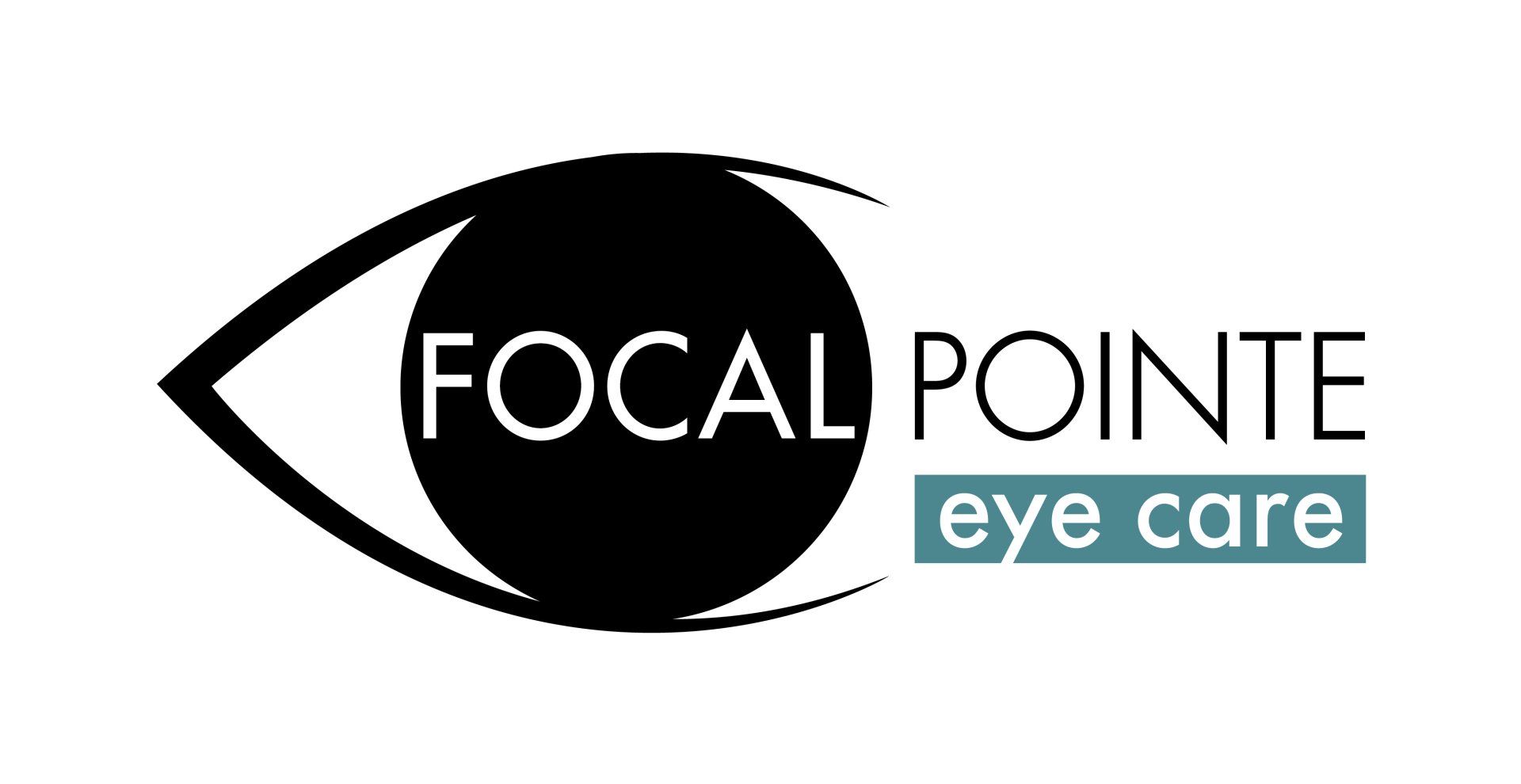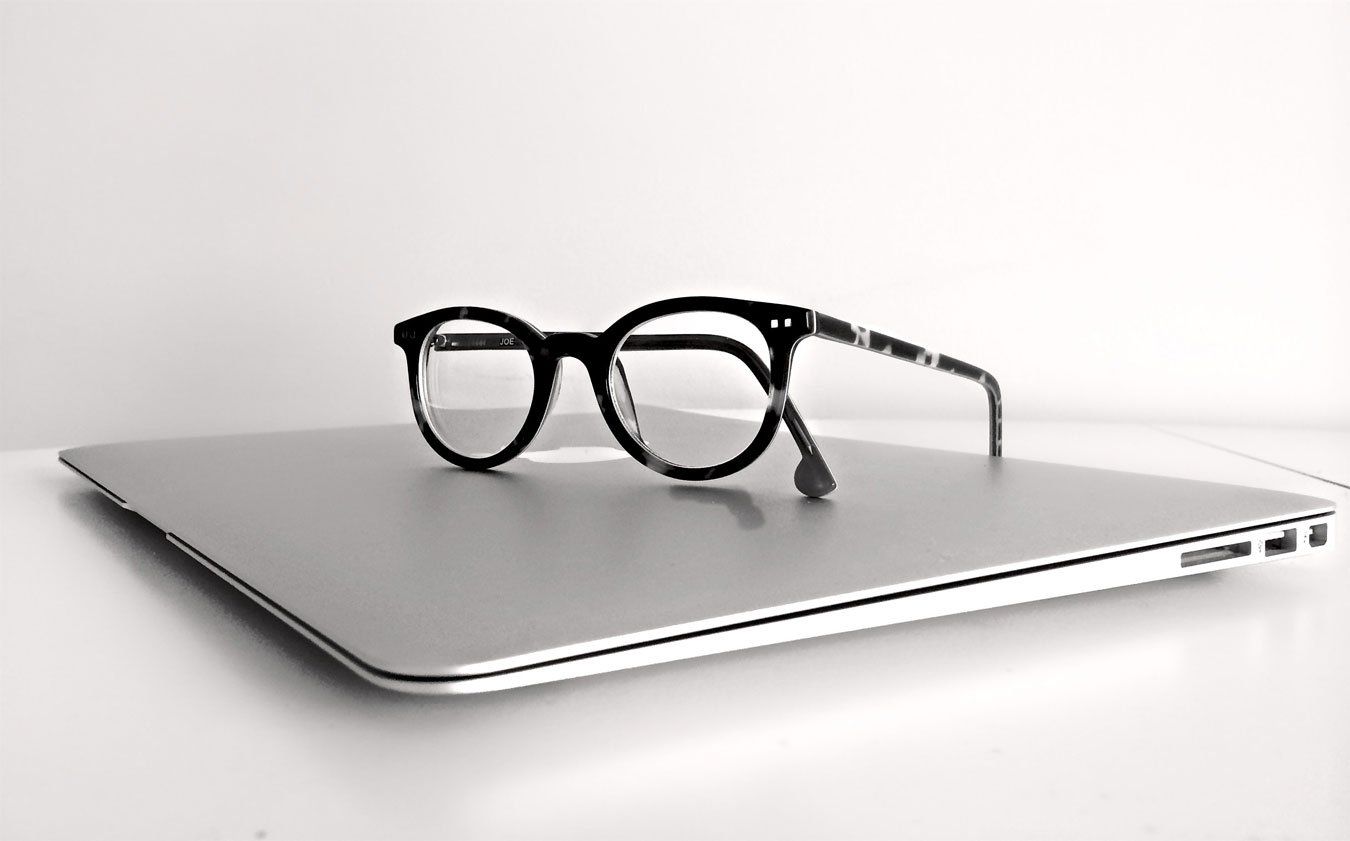COVID-19 and the Eyes
Dr. Michael Lyons

Gradually we see the State of Ohio reopening, and day-by-day it seems we learn something new about SARS-CoV-2, the coronavirus responsible for COVID-19. In addition to systemic complications, more information is being discovered regarding ocular complications associated with COVID-19.
There have now been many reports of individuals infected with COVID-19 that have displayed signs of conjunctivitis as well. A virus causing eye issues is not a new thing; in fact, we’ve known for decades that adenoviruses have been responsible for the well-known “pink eye” that characteristically causes watery and red eyes, discharge, and practically sealed-shut eyes upon awakening. The most famous COVID-19 conjunctivitis case
to date is the woman that had a confirmed conjunctivitis secondary to COVID-19 that lasted 20 days, nearly triple the length of a conjunctivitis caused by an adenovirus.
What Makes COVID-19 Conjunctivitis Different
The differentiating factor of COVID-19 is that it spreads primarily from person-to-person via respiratory droplets through the air. When an infected person coughs, sneezes, or even talks, the virus can enter a nearby individual through the mucosal membranes of the nose, mouth, or lungs. Furthermore, people that may be infected with COVID-19 may not be displaying any symptoms. To prevent further spread, the CDC published a protection guide that states we need to wash our hands often, avoid close contact via social distancing, cover our mouths and noses with a cloth face cover when around others, cover our coughs and sneezes with a tissue or use the inside of our elbow, and clean and disinfect frequently touched surfaces daily
Eye Allergies or Viral Conjunctivitis?
Recognizing viral conjunctivitis is now made more complicated since we are entering allergy season in Ohio. Some symptoms of allergies do overlap with a viral conjunctivitis; however, the symptoms of allergies are typically mild when compared with “pink eye.”
Eye allergies usually present with redness, watering, itching, and some foreign body sensation (Learn more about eye allergies). It would be unusual to have mucous discharge or sealing of the eyelids, symptoms that are highly associated with viral conjunctivitis.
The good news is that viral conjunctivitis is usually self-limiting and not visually threatening, but there are treatments available that can shorten the duration of your symptoms. The question that now weighs more heavily is that if you are diagnosed with viral conjunctivitis, is the culprit COVID-19? A virus culture can be obtained from the surface of the eye; however, at this time it is more likely that you would be monitored for additional signs of COVID-19 such as fever, shortness of breath, cough, chills, muscle pain, sore throat, and new loss of taste or smell. If at any point you feel you may have a viral conjunctivitis, please immediately seek an exam with your local eye care provider.
Do I need to wear protective eyewear?
There has been also conflicting reports on the need of protective eye wear and the use of contact lenses. To clear up some of those myths, Dr. Elizabeth Muckley, current President of the Ohio Optometric Association, issued the following statement: “There currently is no evidence that discontinuing contact lens wear or wearing glasses will decrease your risk of contracting COVID-19.”
For Contact Lens wearers, the American Academy of Optometry has issued the following guidelines for safe contact lens wear:
1. Wash hands thoroughly, at least 20 seconds with soap and water, and dry hands completely.
2. Use daily disposable contact lenses if possible.
3. If solutions are required, use them appropriately. Specifically, do not top-up or re-use solutions.
4. Replace cases monthly or more frequently. Rinse wipe and air-dry contact lens cases every day.
5. Do not wear contact lenses when you are ill.
6. Do not sleep in your contact lenses unless it is medically necessary.
For Spectacle wearers (Watch the video below).
1. Carefully rinse the glasses under lukewarm water to wash away dust and debris.
2. Apply a pea-sized amount of anti-bacterial, lotion-free dish soap to each lens. Use your fingers to gently clean every part of the frame.
3. Rinse off all of the soap with warm water, shake off excess water, and dry gently with a microfiber cloth.
More information will certainly arise as we continue to learn more about COVID-19 in the upcoming months. Rest assured in a time of much uncertainty, with the practice of good hygiene and safe wearing habits as outlined above, you should be able to wear your contact lenses and glasses worry free.

